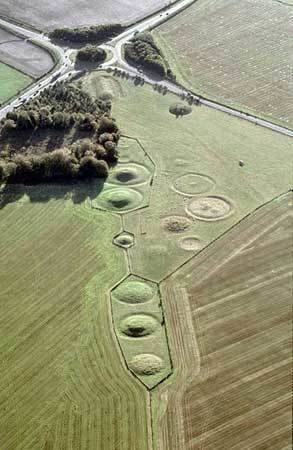OS grid reference SU077411 Unitary authority Dialling code 01980 Post town Salisbury Population 205 (in 2011) | Civil parish Winterbourne Stoke Sovereign state United Kingdom UK parliament constituency Salisbury | |
 | ||
Stonehenge winterbourne stoke crossroads barrows
Winterbourne Stoke is a village and civil parish in Wiltshire, England, about 5 miles (8 km) west of Amesbury and 3 miles (4.8 km) west of the prehistoric monument of Stonehenge.
Contents
- Stonehenge winterbourne stoke crossroads barrows
- Map of Winterbourne Stoke Salisbury UK
- Geography
- Notable buildings
- References
Map of Winterbourne Stoke, Salisbury, UK
The village is on the River Till at the southern edge of Salisbury Plain, on both sides of a single-carriageway stretch of the busy A303 trunk road.
Geography
The parish of Winterbourne Stoke mostly consists of downland, with chalk outcrops in places. It is bisected from north to south by the River Till, which rises to the north on Salisbury Plain, and which was originally called the River Winterbourne. The village is located at the junction of the B3083, running north and south, and the A303 trunk road, running east and west. The land is gently sloping; level areas near the river have been used as meadowland and slightly sloping land for arable cropping since the Middle Ages.
Especially in its east part, the parish is rich in archaeological remains. The Greater and Lesser Cursus are Neolithic monuments, and there are a group of seventeen long barrows, some of which are in neighbouring parishes. A Romano-British settlement has been identified on Winterbourne Stoke Down, as well as some medieval earthworks. Most of the Parsonage Down national nature reserve is within the parish. This ancient downland is rich in wild flowers as well as having scrubby areas where yellowhammers and turtle doves flourish.
Notable buildings
The Church of England parish church of St Peter (12th century with 19th-century restoration) is Grade II* listed, as is the 17th-century Manor House. The church has the pulpit from St Giles at the deserted village of Imber.
